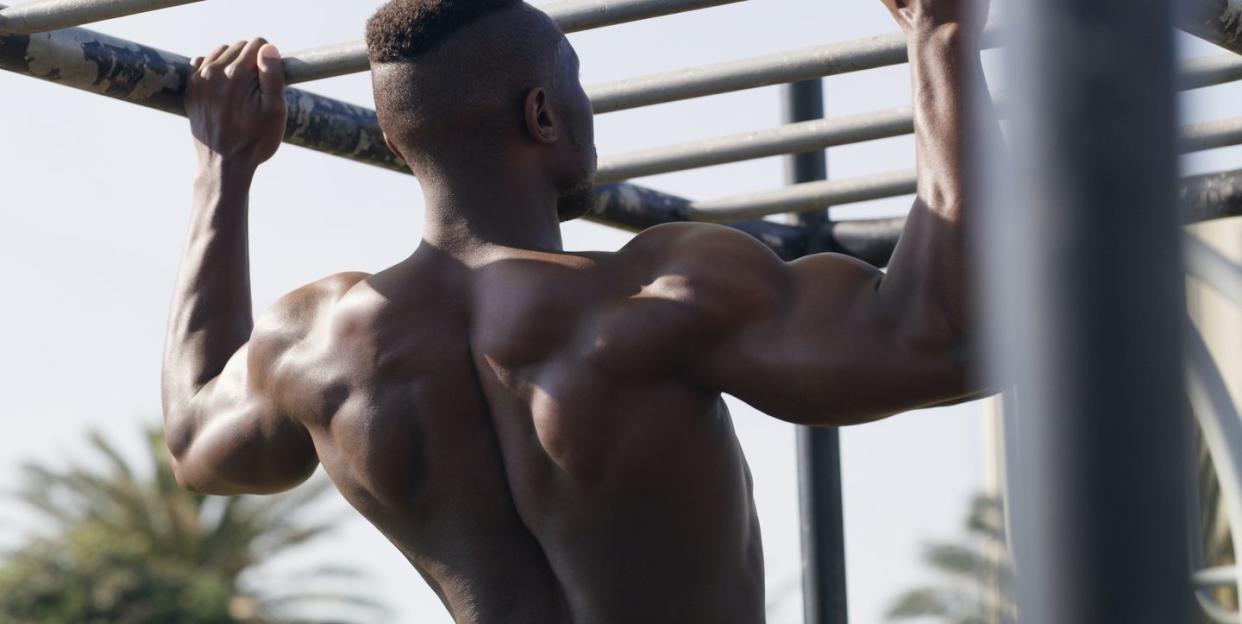The 'Godfather of Bodybuilding' Shares a Key Tip for a Bigger Back

When you're pulling your way through a back workout session, are you moving as quickly as possible to power through your reps, or are you taking your time to put your muscles to the test? What's more effective for building muscle? That's the question posed to legendary bodybuilder Charles Glass, a.k.a. the Godfather of Bodybuilding. Glass, who has 35 years of experience as a competitor and coach, was working with his client Natasha Larente to help her to learn how to engage her back muscles better during pulling exercises like incline chest-supported machine rows. That said, you can apply these tips to similar pulling movements like dumbbell rows, cable rows, and even pullups.
"Most people are trying to go too fast, and they don't get the full extension, they don't get the full contraction," says Glass. In other words, if you're just pumping through reps as quickly as possible to get to the end of your set, stop. Your attempts at speeding through your sets is doing nothing but short-changing your gains—in the race to a bigger back, finishing your reps first will put you at a disadvantage. To build the mass you're striving for, you need to expose your muscles to more time under tension to stimulate growth.
Instead, Glass advises that trainees use a "medium" tempo when they perform back exercises. When there's no rush to complete each rep quickly, you're much more likely to work through the exercises full range of motion.
Just remember that your speed is relative, especially when you're working with free weights and larger loads. "If you go heavy, the reps are gonna be slow, no matter what you do," Glass says. Importantly, however, that slowness is because of the resistance you're battling against as you work through the complete range of motion. You should still be putting as much effort as possible in completing the rep.
One more important tip for back engagement: Mind your posture. If your shoulders are slumped forward, Glass notes that you're much more likely to recruit your biceps to help move the weight. When he works with clients, Glass says that he taps their backs to encourage proper muscle recruitment. If you don't have a trainer to help, he suggests that you focus on keeping your shoulders back and pausing at the top of each rep. Start with lower weights to nail this form, then work your way up.
You Might Also Like

